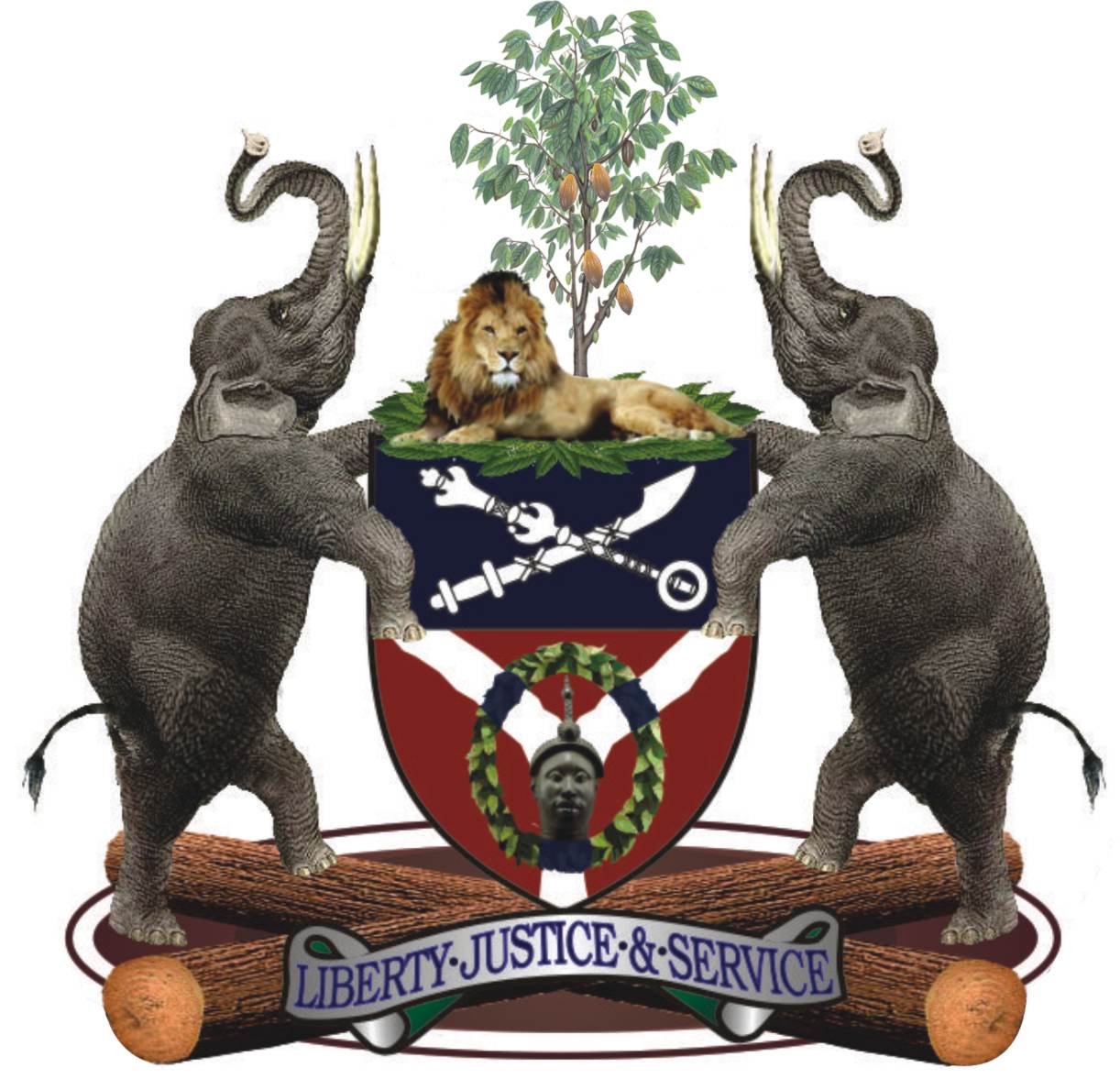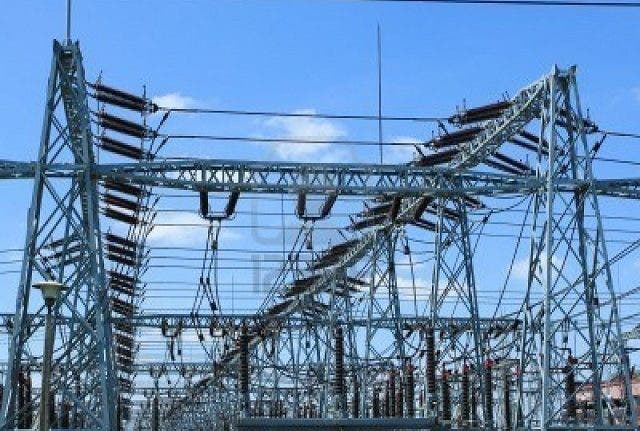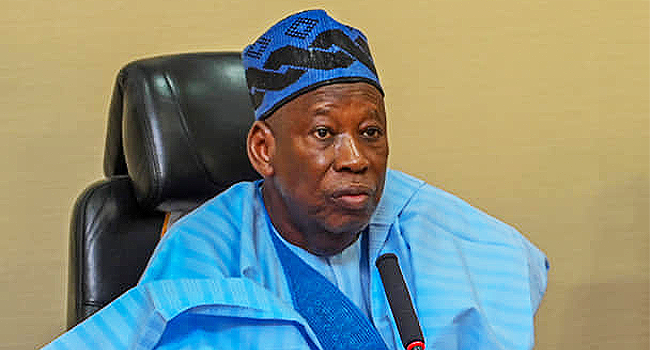Since the creation of the State of Osun in 1991, no effective strategic development plan has been drawn for the state, hence, there is need for one. Coming from this background, the government of Governor Rauf Aregbesola has put a machinery in motion to set the path for a prosperous future of the state drawing a ten-year development plan. SHINA ABUBAKAR writes on the steps taken so far in this regard.
The past cannot be changed. The future is yet in your power.
During the struggle for the creation of the State of Osun, the founding fathers had a specific goal in mind, the type of state they want and the mechanism to drive its development. However, since its creation, the state has gone through different phases of development, but hardly had the people sit together in the over two decades of its existence to think and design a new direction of development in line with new global realities.
The new global finance partnership system also request a new development plan to foster the achievement of developmental vision to bring a greater portion of the population out of poverty. Hence, the need for collaboration among all the stakeholders in the state to brainstorm and design a path for the future beyond their generation. To this end, the Ministry of Economic Planning, Budget and Development, this year January, brought together people from different strata of the society, at Iloko Resort to fashion a way towards a prosperous future for the state.
Though the outcome of the gathering is still at a stage where it would be converted into a document that would be available for all and sundry to be the watchword in the quest to make the state an enviable one among the comity of states across the federation.
Unlike in the previous time when developmental plan were handled by government alone or sometimes individuals, thereby the people who are the focus of such document are ostracised in the process which eventually render it redundant, in the case in focus, the people are the fulcrum of the plan, as its content is a product of argument among the stakeholders, while the final stage is being handled by technocrats who will eventually be at the helm of implementation.
Stakeholders
Those saddled with the responsibility of drafting a developmental plan for the state include civil society organizations, the Non-Governmental Organisations, Market men and women association, members of the ruling All Progressives Congress, the Peoples Democratic Party, Labour Party, National Conscience Party, Accord Party, All Ministry and Parastatals of Government, Traditional Rulers Council of the state, members of the private sector in the state, the media groups. The reason behind such a large and wide participation is to ensure that the process that produced the document is not only encompassing but also society-driven and acceptable to everyone irrespective of their political or religious ideology.
State Development Plan (SDP)
The stakeholders at the January gathering brainstormed on what they believe is the most appropriate developmental plan for the state to pursue in the next ten years, that is from 2018 to 2028; their discussions centres around developing Mission & Vision for the state for the period under review, this includes; to set the overall direction of the plan; provide the policy context; draw core values that guide staff behaviours and interactions with stakeholders.
The gathering also identified the SDP pillars, which includes the constituent sectors and strategic issues identification; the pillars provide more specific direction; and the constituent sectors indicate the sectors responsible for delivering each SDP pillar. These strategic issues facilitate goals and strategies for development.
Also, the gathering rubbed minds over the state’s goals, which will provide specific direction concerning the desired results and outcomes which the society would derive from achieving such goals. Besides, it also derived strategies on how the goals will be achieved and these strategies are at the high-level in the SDP because the detailed strategies will be in the MTSS.
Apart from identifying the needful plans for the development of the state for the proposed period, the SDP is also to fashion a means of financing the process, priorities projects and funds, as well as ensuring the implementation of the identified plans. The meeting ruminates on how to find resources to execute the plan like; How much will come from the State Government? What level of resources from non-government quarters (private sector, development partners, etc.)? What strategy should be employed to attract the needed resources (e.g. IGR development, tax reform, private sector incentives, etc.)?
From the foregoing, it is lucid that the 10-year development plan of the state is not just a view, but a systematic plan drawn to outlive individuals and to be championed by the institutions of government. This gave birth to the Medium Term Sector Strategy.
The Medium Term Sector Strategy (MTSS)
MTSS represents a process through which strategic policy priorities are determined and aligned with resource allocation, within the context of forecast information on the State’s macro-economic and financial outlook. It represents medium-term expenditure estimates that are linked to clearly define sector objectives that are derived from the overall state’s goals.
It is aimed at allocating resources towards strategic State goals and programmes within the constraints implied by the overall fiscal targets over a three year period. The concept involves an application of activities of budgeting, with a view to improving strategic prioritisation and the efficiency of public expenditures.
MTSS ensures a link between government expenditures and State goals and programmes articulated in the State Development Plan (SDP).
Since the Osun SDP is currently under preparation and upon completion it will contain broad goals, outcomes and targets, it will be almost impossible to implement the SDP without Medium Term Sectors’ Strategies (MTSS’S), hence, the need to embark on MTSS’S development. The MTSS document is authored by the career officers who manned government institutions and would ensure the success of the SDP.
Why the MTSS
The Ministry, Department and Agencies of government were put into twelve sectors referred to as the MTSS, and these will identify projects, plan and prioritise same for execution. All the agencies of government is represented because it is the macro-unit through which service delivery is to be achieved
The MTSS is the actualisation of the agreed high level policies of government as encapsulated by various policy documents such as SDGs, NEPARD, ERGP, SODP, and relevant sector documents.
MDA’s MTSS must also be aligned with any other policy-work that the sector has engaged in previously, in other words, the MTSS process must increase rather than reduce focus in Government planning.
The MTSS is to review high level policy with focus on rejigging it to fit into present realities, to this end, the MTSS would review: relevant elements of the SDGs (i.e. goals and targets that concern each Sector), relevant sections of NEPAD, ERGP, SODP as it affects the MDAs, as well as sector’s situation analysis.
Part of the MTSS focus is the policy documents that are specific to each sector; e.g. gazette specifying the mandates, strategy document, documented functions, etc. (Other long-term strategies developed with partners agencies). It would also review function and Staffing Reviews, providing insight into; staffing requirements of each sector, functions that may no longer be required, new functions to be created and mergers of existing functions.
The review by the SPT is to focus on Sector overviews, which includes the challenges and constraints to the sector and specifically, to each sector (sector statistics will be valuable), mandates, mission, vision and core values of each Sector, policy thrusts (set goals, objectives, programmes, outcomes, and targets to be achieved) and projects to be executed for achieving the objectives, programmes, outcomes and targets.
It would also look at high level functions of the Sector (any duplications, any one to outsource, any one to drop, any new functions to introduce and why?), organisational structure of the Sector (is it appropriate for delivering the mission and vision, mandates, goals, programmes, outcomes and statutory functions of each Sector?), as well as manning levels of the sector whether it is adequate in terms of number, quality, age composition and gender composition?
The SPT that authored the MTSS is part of the core element of the SDP, which is very germane to the achievement of the long term goal of the SDP without jeopardising its core policies. The concept is very significant because it provides a three to five years pathway to achieving the SDP and would provide a mid-term result on the success or failure of the SDP. The MTSS is very relevant because it provide a linkage between the SDP, budget and policy implementation. It is the fulcrum upon which the success or otherwise of the SDP relied upon, hence, the SPT and other stakeholders are exposed to regular and constant capacity building so that the civil servant do not only feel a sense of belonging but would possess a sense of ownership of the process.
How is the State Benefitting
With the birth of the SDP and its component, the state is easier to govern for any administration irrespective of party affiliation because there would have been a definite pathway to the development of the state. Since there is a clear stated “Mission and Vision”. The state would have a path it is heading within a specific time frame. Besides, the SDP provides a templates for institutional reforms and provision of strong institutions that would not outlive individuals, but also drive the state developmental goals.
According to the Commissioner for Economic Planning, Budget and Development, Dr. Yinusa Olalekan, “the bigger benefit for the state is not just the ability to draft and have a document on SDP, but the fact that the process is home driven, that it is a product of our thinking, which invariably means the state stakeholders have the capacity to review and projects its own future development without external force”.
He stressed further that the SDP developing process has helped in empowering the state technocrat, in the area of envisioning for the state, because it is a process and when the present administration wind down in November, the public service in conjunction with any incoming government would continue to drive the affairs with ease.
The SDP project, according to the Commissioner, is not about a particular individual, it is more about building strong and virile institution that would outlive individuals, administrations and even political parties, which explained the emphasis the ministry placed on assembling every stakeholder across political divides to be part of the process that produced the document because government is of the view that the process that produced the document is as important as the document itself.
“The document is designed in such a way that is dynamic so that it can accommodate changes in line with realities of the time the state may be at a point in time. This allows for innovation on the part of implementers or even the head of the government of the day, who might think of doing a particular thing in a different way to achieve set goals in the SDP.
“It also provides for all sector participation in term of implementation, monitoring and funding of projects and the SDP also takes care of inter agency rivalry and gives way for effective policy thrust and implementation”, Yinusa stressed.











